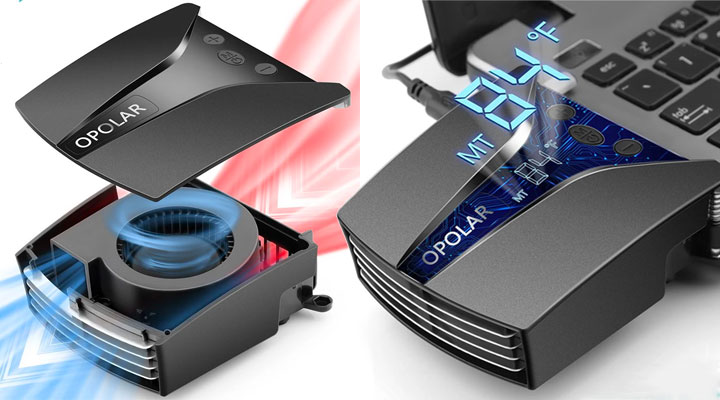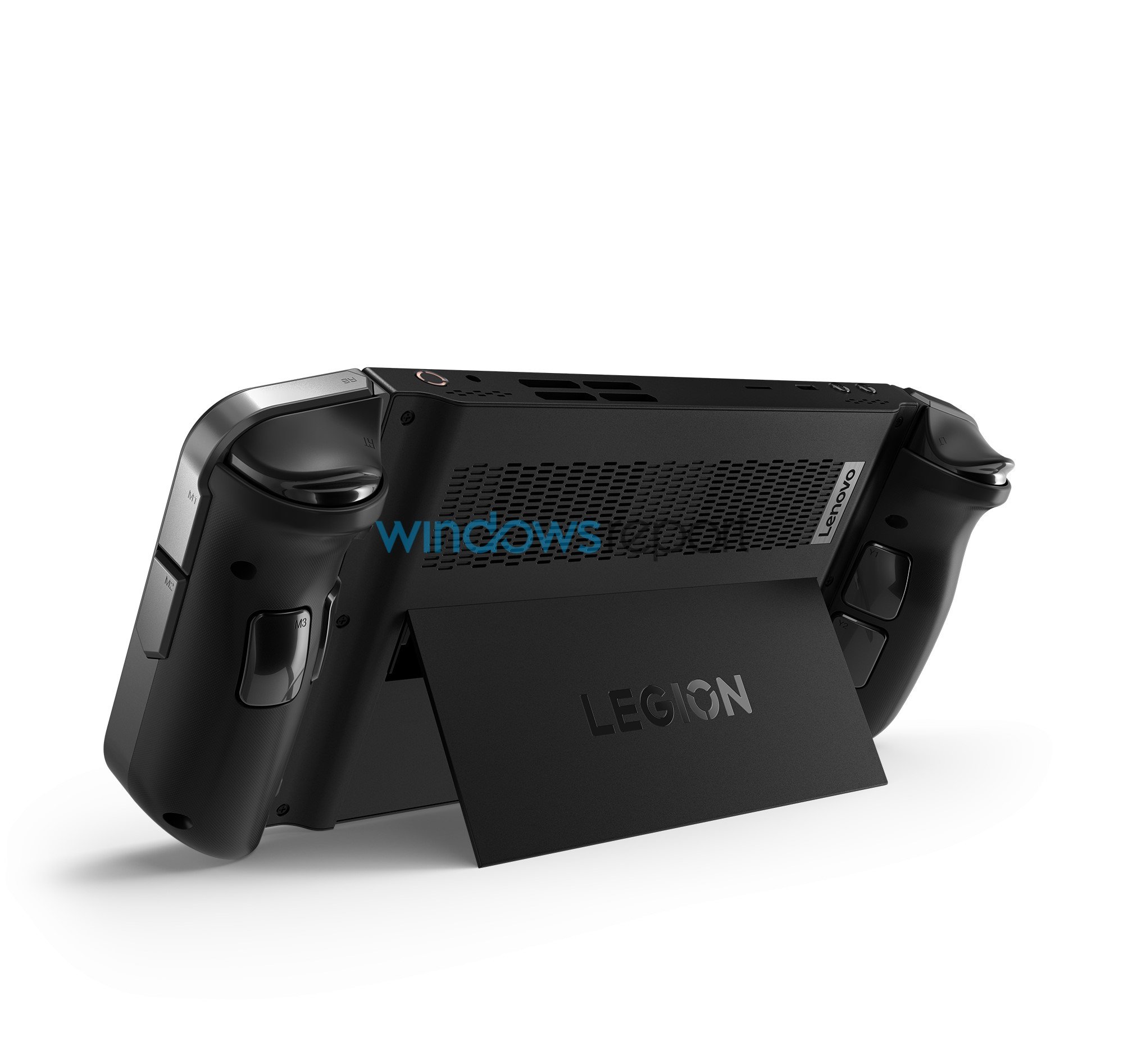Console only switch would a terrible idea unless it was even cheaper than the switch lite, but presumably it would be cheaper because of not needing to make screens for it, especially when the inclusion of its own screen was a big reason the WiiU was as expensive as it was.
Yeah, that's what most realistic folks discussing it are considering. Get it as close to impulse-buy pricing as you can.
I was thinking about this, and although there are certainly ways in which a Switch TV would be cheaper to manufacture than other models (no screen, no battery, etc.), one limiting factor would be the cost of the controllers. Perhaps it would warrant the introduction of a cheaper controller with a few cost reductions, like removing the HD rumble. A Switch Amateur Controller, if you will.
Cost of controllers is already factored into all current Switch BoMs, I don't see the issue. But it's not impossible that they do a "Lite Controller", as it were, just to ensure some room in margins for increases and decreases in part costs to keep them at maximum profitability. My thought was sub out the 40hr battery for a cheaper one and a longer charging cable to ensure continued wired play if consumers forget to plug it in.
hope only switch appeals to the same people as Vita TV
Because those are completely analogous things, yep.
I've already slayed this tired retort, no sense in repeating myself.
- inexplicably-poor compatibility with the pre-existing Vita library at launch (only around 140 titles, or ~30% of the total Vita library at the time)
- didn't come with a controller in the basic $100 configuration
- 1GB internal storage, required unnecessarily-expensive proprietary memory cards to expand or buying the $150 config for an paltry extra 8GB and a DualShock 3
But sure, it's the
idea itself that's the failure, not the piss-poor implementation.
Remember, this is the same company that screwed up their own "Classic mini" console release, as well, that had already proven to be successful by Nintendo.
A TV-only model of a Nintendo hybrid actually has the opposite outcome of the main issue of the Vita TV and could play MORE games than the Lite.
I think the fundamental problem of a home-only Switch is it is a product in search of a market.
If you want a home-only Switch, it's the hybrid that is docked most of the time. A Lite model benefits from being lighter/smaller and filling in the gap vacated by the 3DS
People imagine a home only Switch being like a Google TV, Apple TV, or a Fire Stick thats relatively cheap (sub $150) or at least much cheaper than the hybrid model but i forsee lots of problems
1) it undercuts their hybrid model
2) why make a home only version and cut profit margins if you can just sell the hybrid version
3) a cheaper home only Nintendo console has had at best a mixed record of success, at worst, the lower price highlights its limitations vis-a-vis its competitors
4) besides, there's no agreement on what a home only Switch will fill. Is it a super powered pro version requiring a 3rd performance profile (and its accompanying additional work required which will annoy devs) or is it a cut down verion of the hybrid model only running in docked mode?
That's a lot of marketing, product positioning, and development hurdles to overcome and I can see why Nintendo never did release a Switch home.
Besides, my view is, if Nintendo does want to re-enter the home console market with a true home console, they will likely pick a chipset with a similar architecture, perhaps of the same generation and type as their Hybrid model, but it will be a completely different chip and the console itself would be sold at a premium, not sold cheaply. I'm thinking if the hybrid is on T239, the home console would be the larger variant of that chip (Orin?) with more cuda cores.
And again, we enter the space where devs have to develop and test for 3 profiles. I don't think that will fly, for now.
Maybe in the future Nintendo's hybrid consoles can dynamically scale performance based on the hardware it is running on from a base profile and devs only need to make small tweaks and optimizations, but we're probably not there yet.
1) So does the Lite (especially when 3 of Nintendo's biggest-selling evergreens can't be played on the bloody thing, which would funnily enough not be a problem for a TV-only model).
2) Sub-$150 is with margin retention in mind. I cannot begin to express how much money Nintendo is making on every Switch sale right now, nor can I neglect to mention that well over half of the Switch's manufacturing cost is eaten up by 4-5 specific parts, of which 2 of them could be removed outright, never mind the
several smaller ICs that can be done away with as they only exist to facilitate the docking ability and made a major contribution to Lite being $100 less at retail, or other parts being replaced by something far cheaper due to not factoring the thin form factor into the equation (example: replacing the heat pipe and blower with a heat sink and fan assembly).
3) Anyone who is somehow unaware of Nintendo hardware's limitations vis-a-vis its competitors has, at this point, never heard of Nintendo in their whole life; it's kinda been synonymous with their brand for nearly 20 years and Switch didn't stop that from being true, people just didn't care
4) Anyone hoping for a 3rd performance profile is hoping for a new SoC design and on this, I think everyone is in agreement that it is a LOT of engineering work to make that happen when it will still have a hard limit to how much better it will perform when it's effectively running base games from the main hardware lineup in the first place... even the Pro models Sony and MS released only amounted to one out of every 5 systems sold in the first year they were released, and I'm not so convinced Sony and MS will be able to pull off that magic trick of getting people to buy nominally better hardware mid-cycle a second time around.
But back to point one... there's a lot of contradiction flowing around. If the hybrid design is the selling point, how would a cheaper non-hybrid device undermine that? Does that not inherently suggest that the hybrid functionality isn't a selling point if a TV-only device can "undermine" it? Some folks need to really pick a lane here and decide which is true, because the hybrid design cannot be a selling point while also not being a selling point, it's legit one or the other.
Modern fan designs COULD allow for it. Modern smartphone fans are pretty rare, but when they do show up they're tiny and near silent. I definitely think Nintendo could get one if they wanted to. The existing fan design doesn't really take advantage of any specific fin designs to reduce noise, and mainly runs quiet by not running very fast. Plus if I'm not mistaken, isn't that what OLED Model does, a smaller fan spun faster?
No, Nintendo decreased the heatpipe and/or blower size with the OLED because the one they installed in OG Switches was actually more heat dissipation than the SoC actually required after the Mariko revision, so they took the opportunity when having to redesign the internals anyways to use smaller heat management parts.
I’m not sure how a TV model is going to undermine the hybrid model’s value proposition. As we can see in a country like JP, the Lite is consistently outsold by OLED & OG; there are observable trends for the Lite & enough data to point to why it hasn’t exactly done more. All a TV model would be is appealing to a more limited audience. People are dreaming if they think this would be cheap &/or have a third more powerful profile.
Agreed on the last part. But if you can price such a TV-only model low enough, you wander much closer into "impulse buy" territory for a wider range of people (or just into the range of more modest household budgets), so I'm not sure how precisely limited the audience is and it wouldn't be knowable for certain until such a device exists, but there's enough reason to suggest it actually opens up the platform to a wider audience than it does right now.


:format(webp)/cdn.vox-cdn.com/uploads/chorus_asset/file/24855289/17_Legion_Go_Hero_Front_Facing_R.jpg)

:format(webp)/cdn.vox-cdn.com/uploads/chorus_asset/file/24855289/17_Legion_Go_Hero_Front_Facing_R.jpg)


